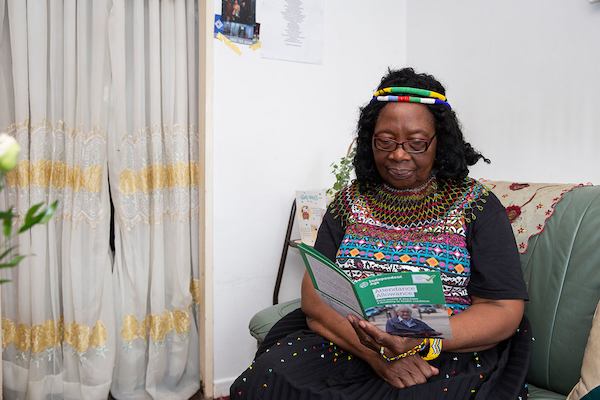An estimated 10 million people across England will spend this Christmas in a home classed as ‘non-decent’, according to new research by the Centre for Ageing Better and Care & Repair England.
Our analysis finds that there are 4.3 million non-decent homes in England, almost half of which are lived in by someone over the age of 55. In addition, 15% of all wheelchair users live in a non-decent home.
The most common reason for homes to be classed as non-decent is the presence of a serious hazard that poses a risk to the occupants’ health or safety, such as excess cold or a fall hazard. Over a million over 55s are living in a home with at least one such problem.
The analysis also shows that the number of households over 75 in non-decent homes has risen from an estimated 533,000 in 2012 to 701,000 in 2017. Households headed by someone aged 75 or over are disproportionately likely to be living in a non-decent home, with more than 1 in 5 of these households living in a non-decent home.
This new data shows that a “staggering” £513 million is spent on first year treatment costs alone for households headed by someone over 55 living in the poorest housing. Previous analysis suggests that the cost of poor housing to the NHS is £1.4 billion per annum.
The majority of housing in poor condition is owner-occupied, particularly among over 55s, with 78% of non-decent homes headed by someone in this age group being owner-occupied. Many who were able to afford to buy houses as a result of changes to national housing policy and financial products in the 1970s and 80s are now in or reaching retirement, living on or anticipating limited pensions. As a result, they struggle to maintain or repair those homes. Previous funding to address housing disrepair, such as means-tested grants for lower income homeowners, has been withdrawn in recent years.
The figures come ahead of a report due to launch early next year on the scale of non-decent housing for over 55s.


